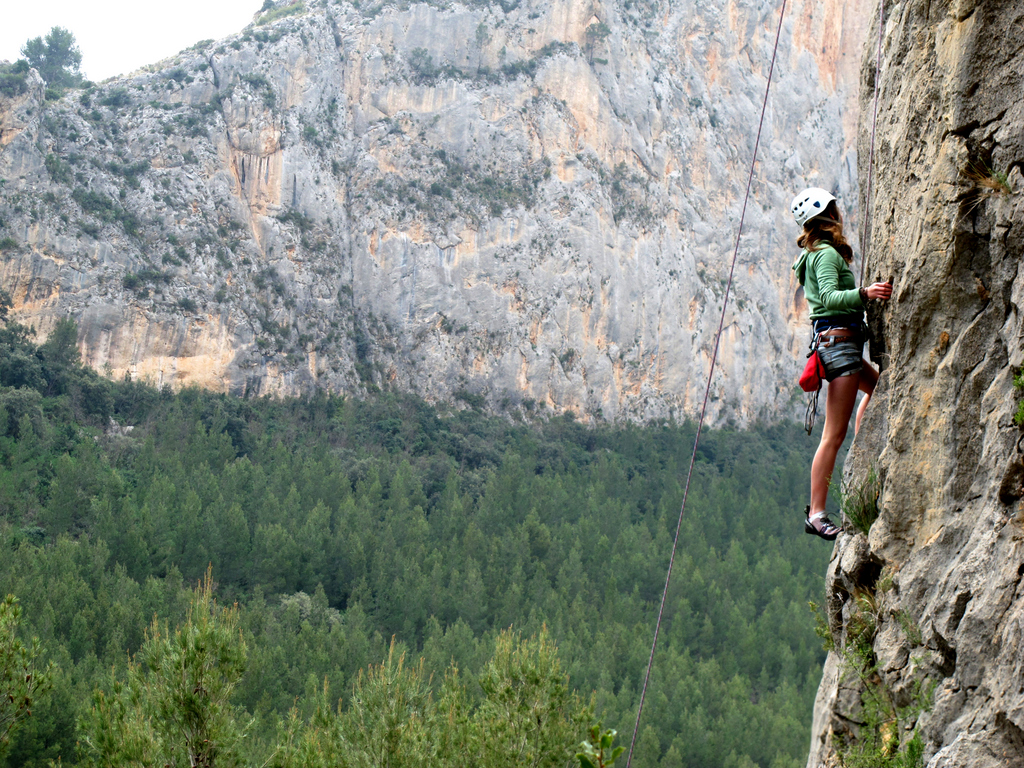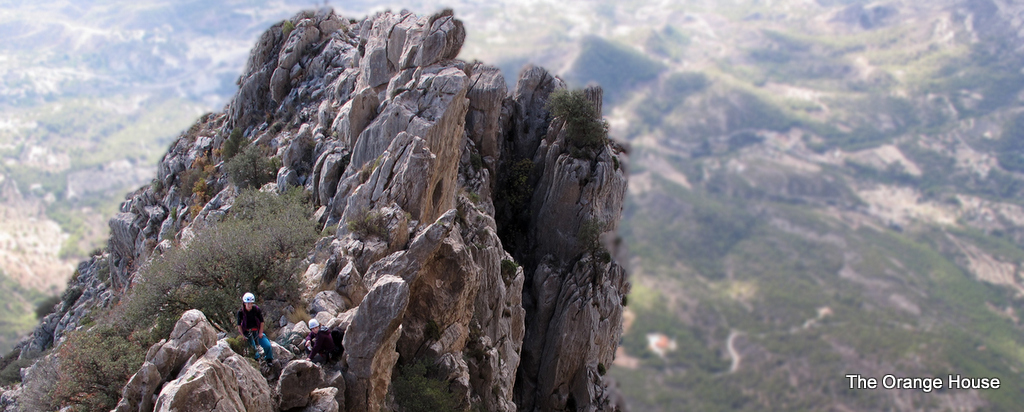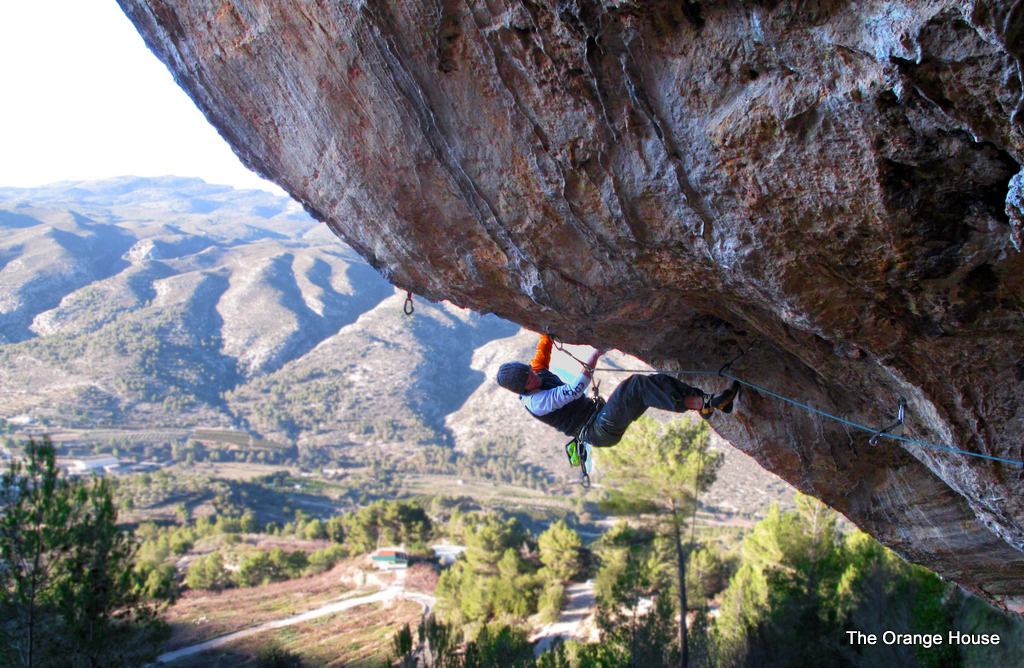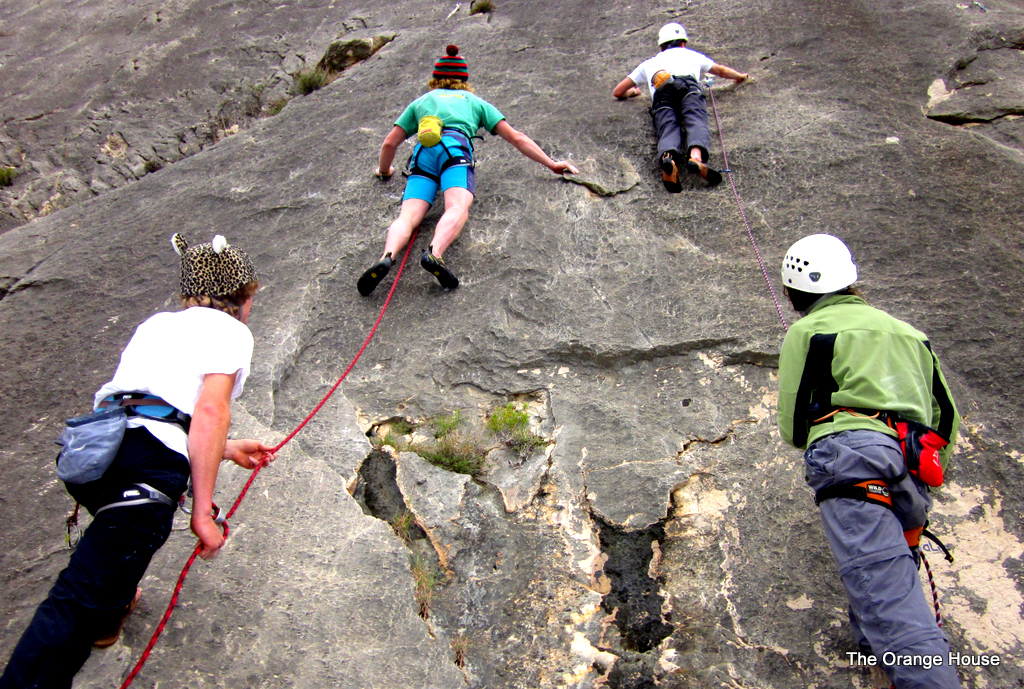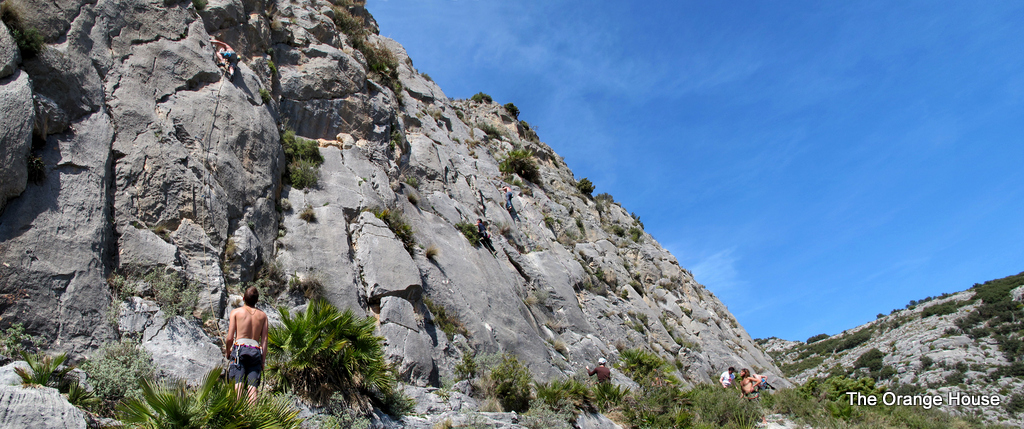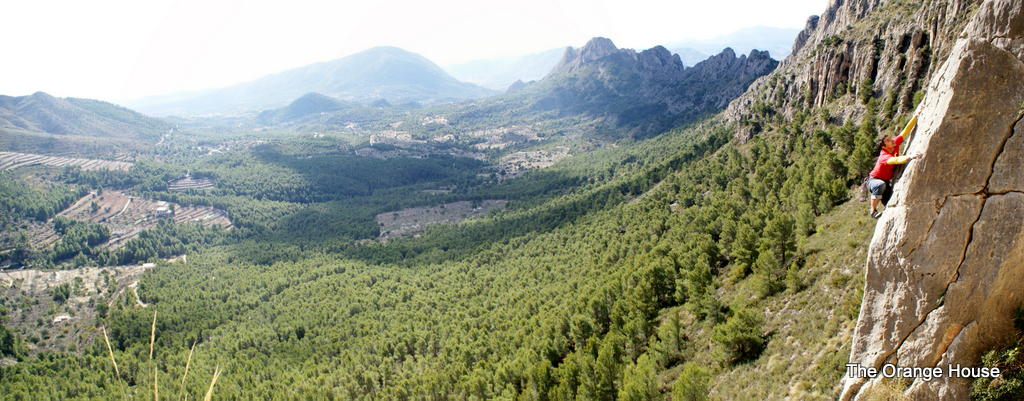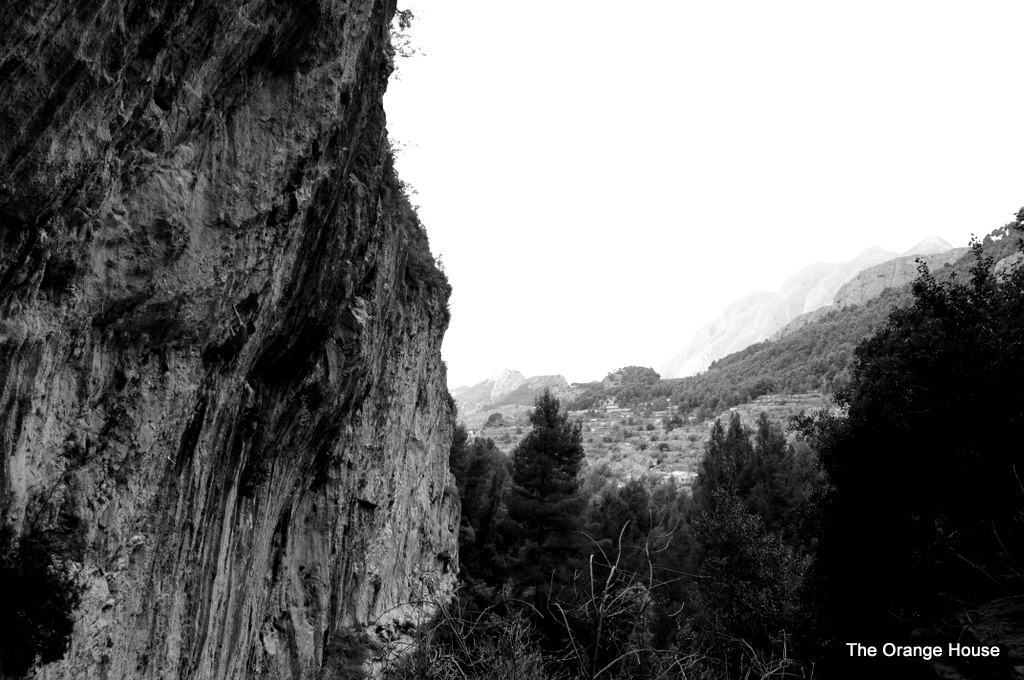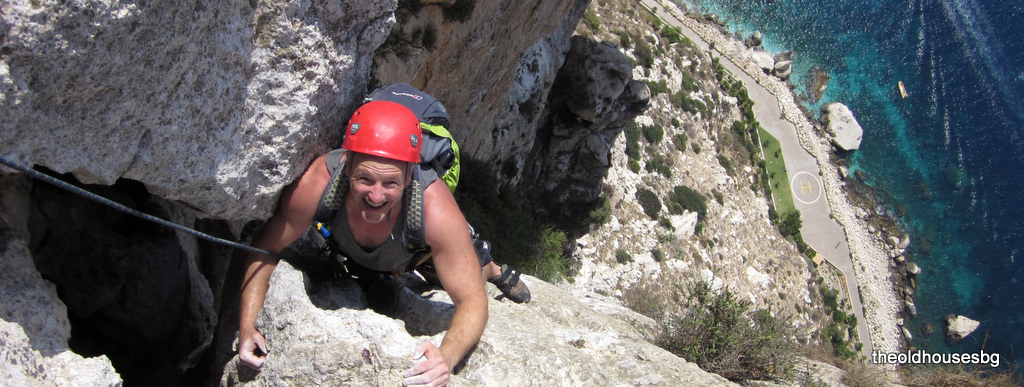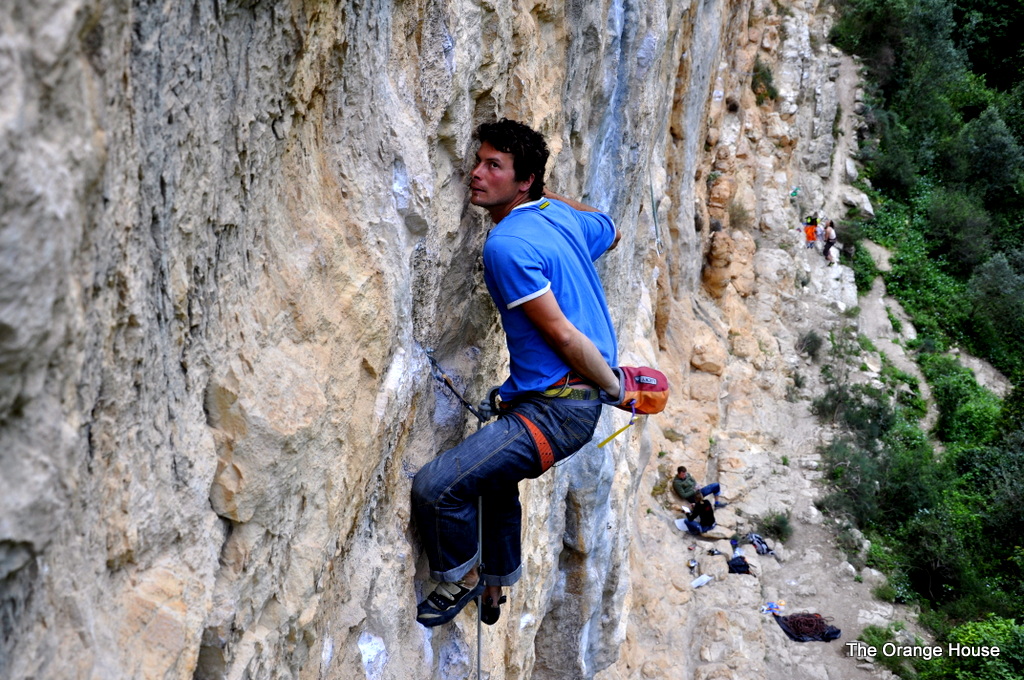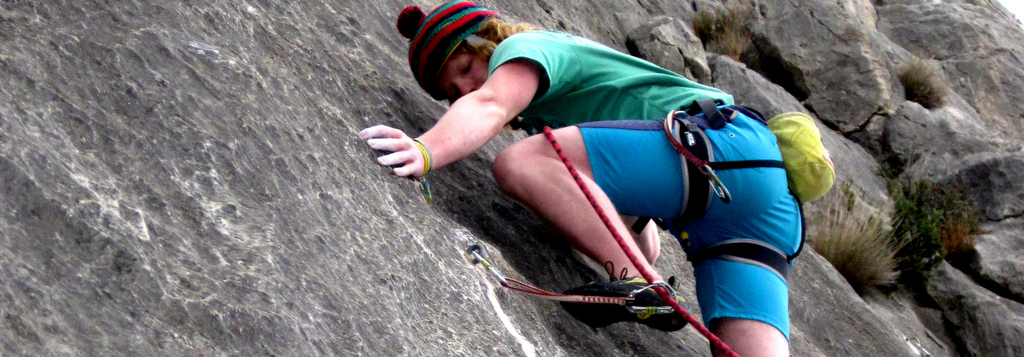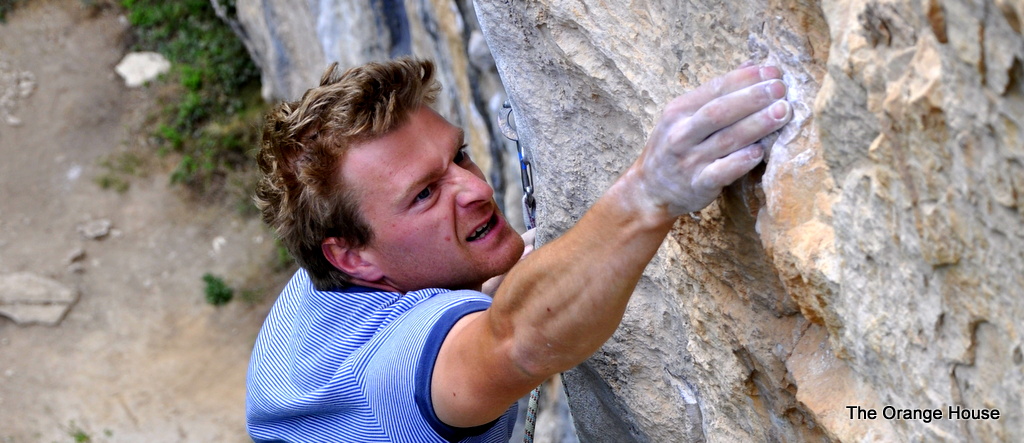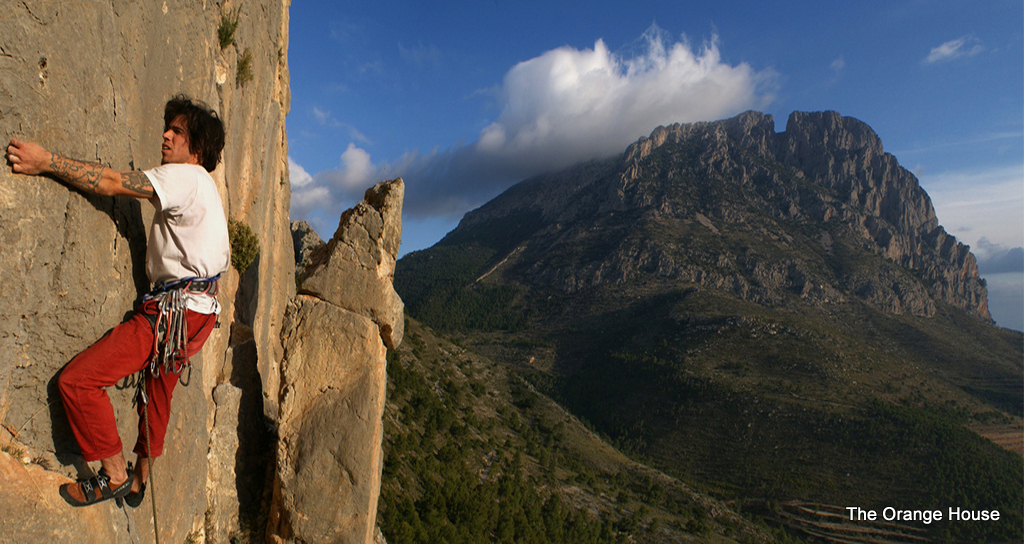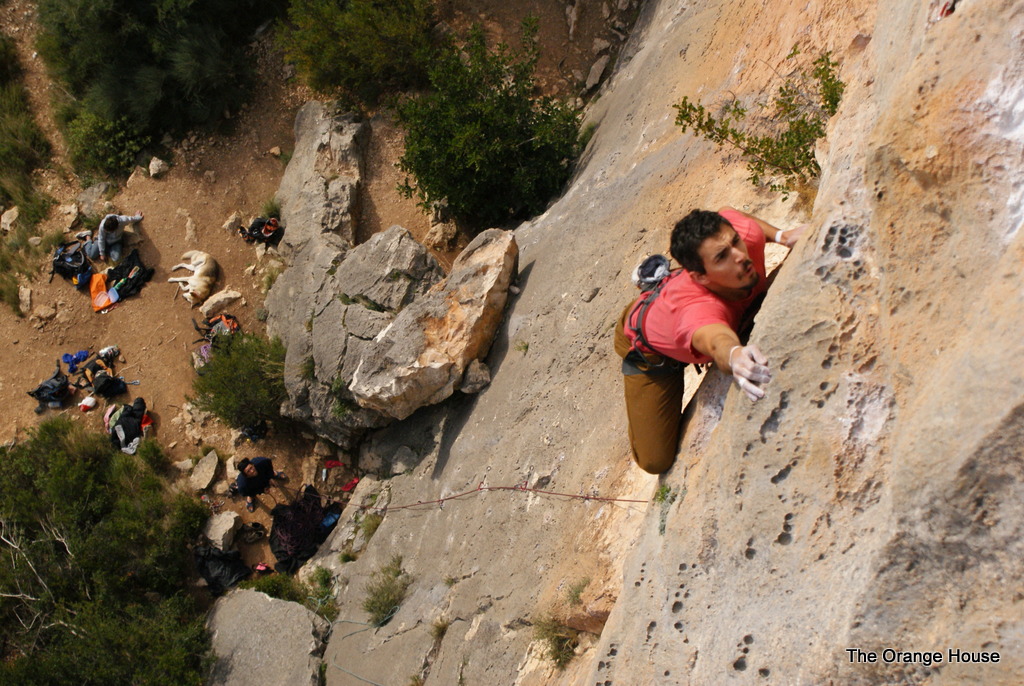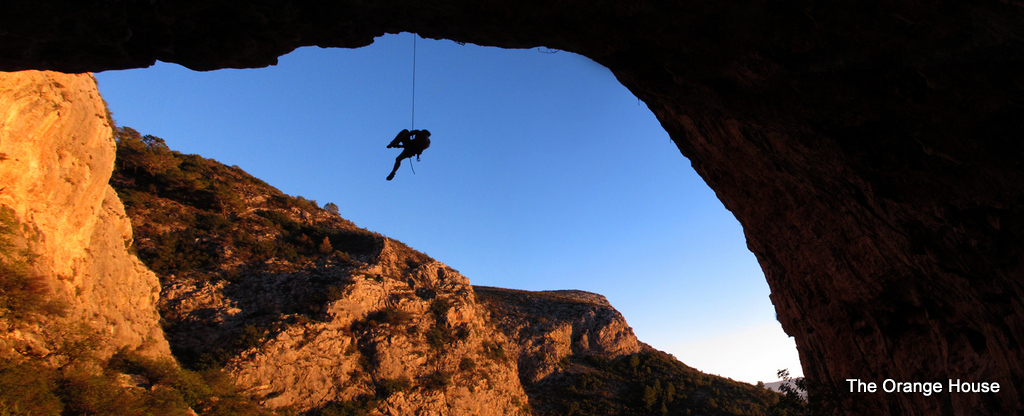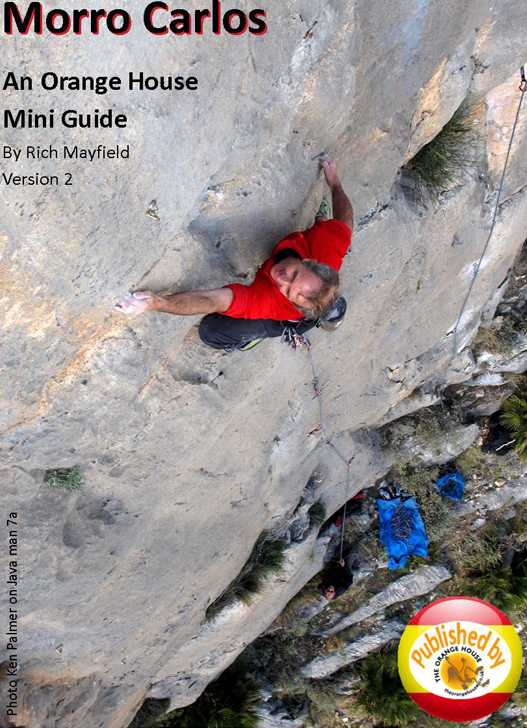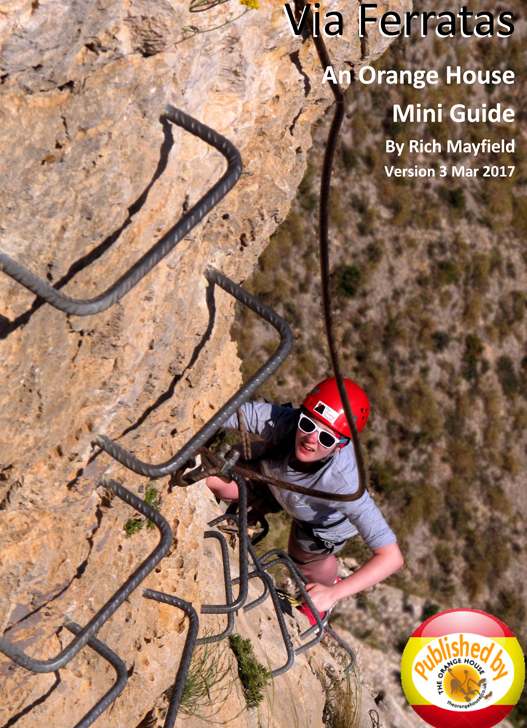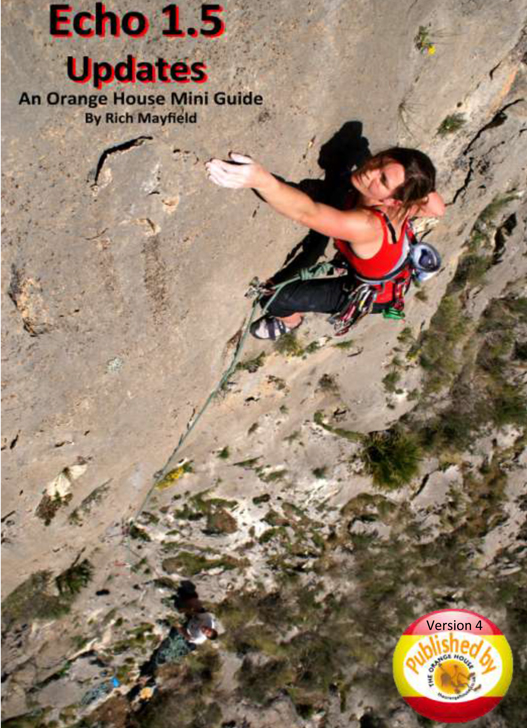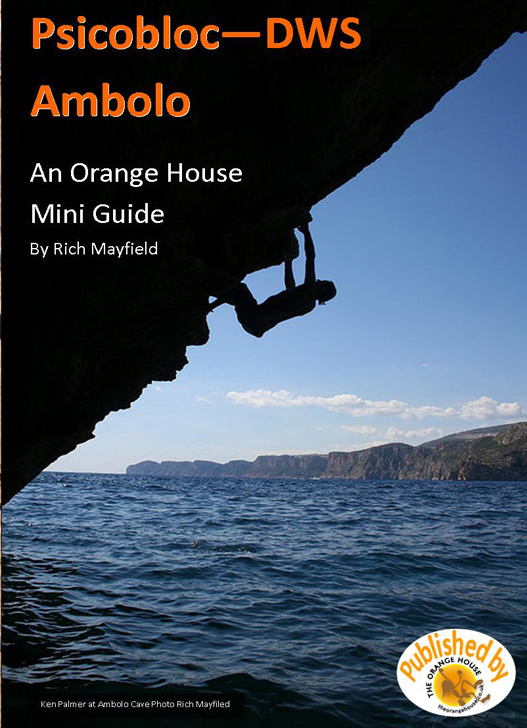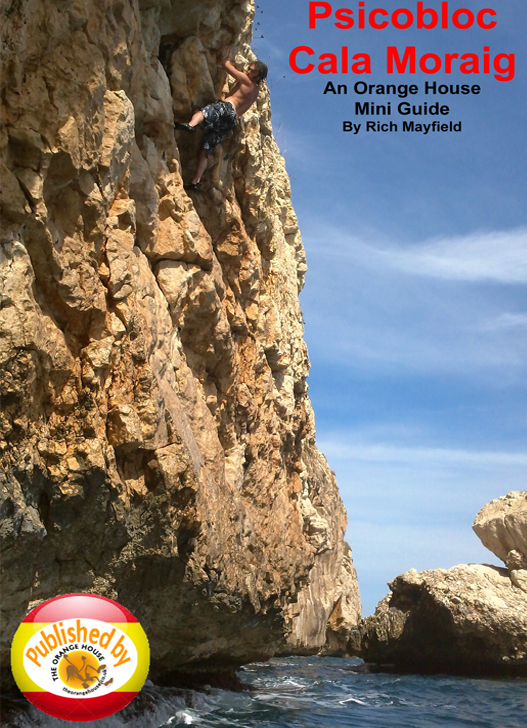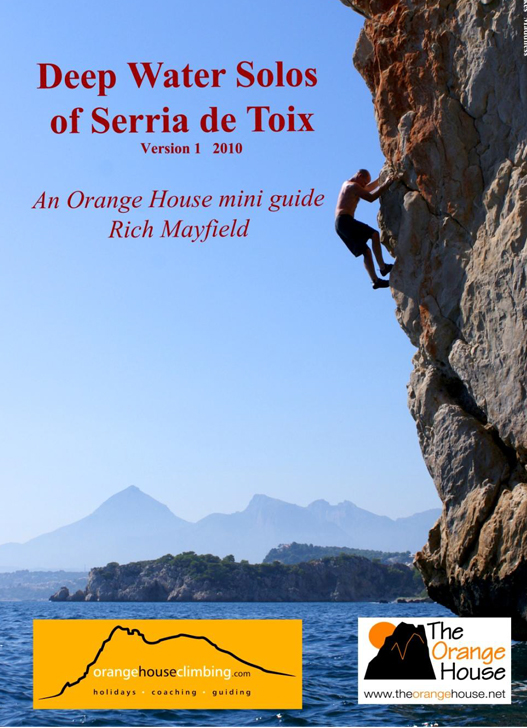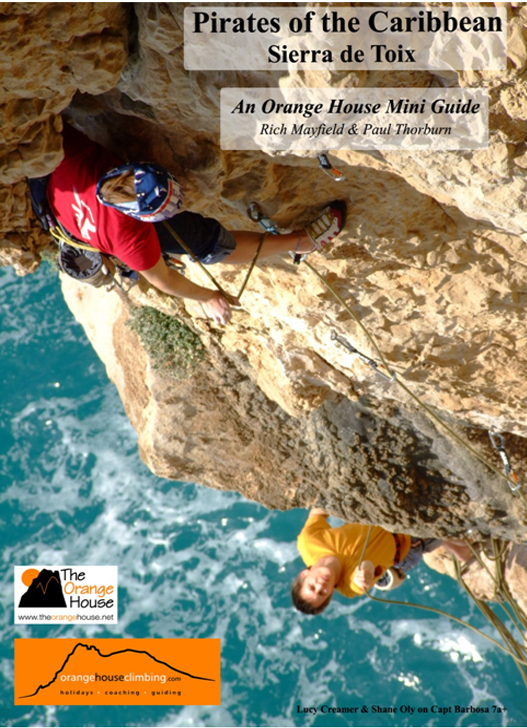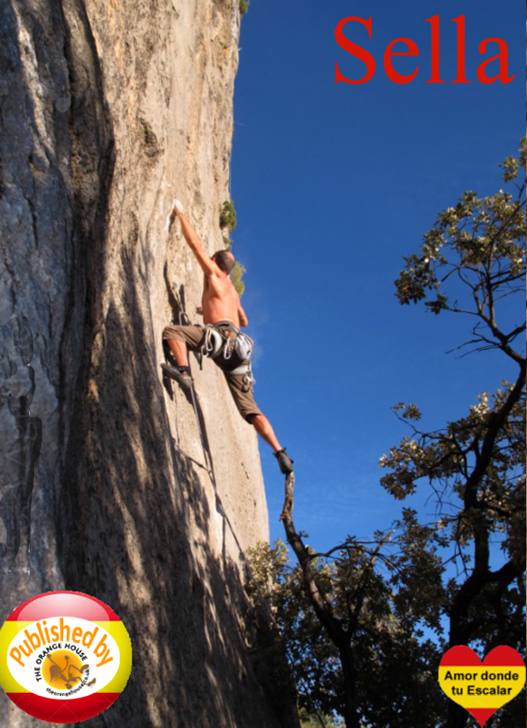Climbers area
The Orange House
CONGRATS WE ARE 20 YEARS OLD!!! Still trying to improve, and always ran by climbers for climbers……
TOPOS SCROLL DOWN
Accommodation options are ensuite rooms, shared bunkrooms, small twin rooms and camping. Price list click here
Climbing Courses
Private Guiding
Bolt Fund/Development of new areas
Flexibility is our strength!
Get in touch if the course dates do not work! We will make them work. Be the first to set a date and let us fill the week around you!
So who is Rich Mayfield?
Hard Rock Challenged ticked 2007
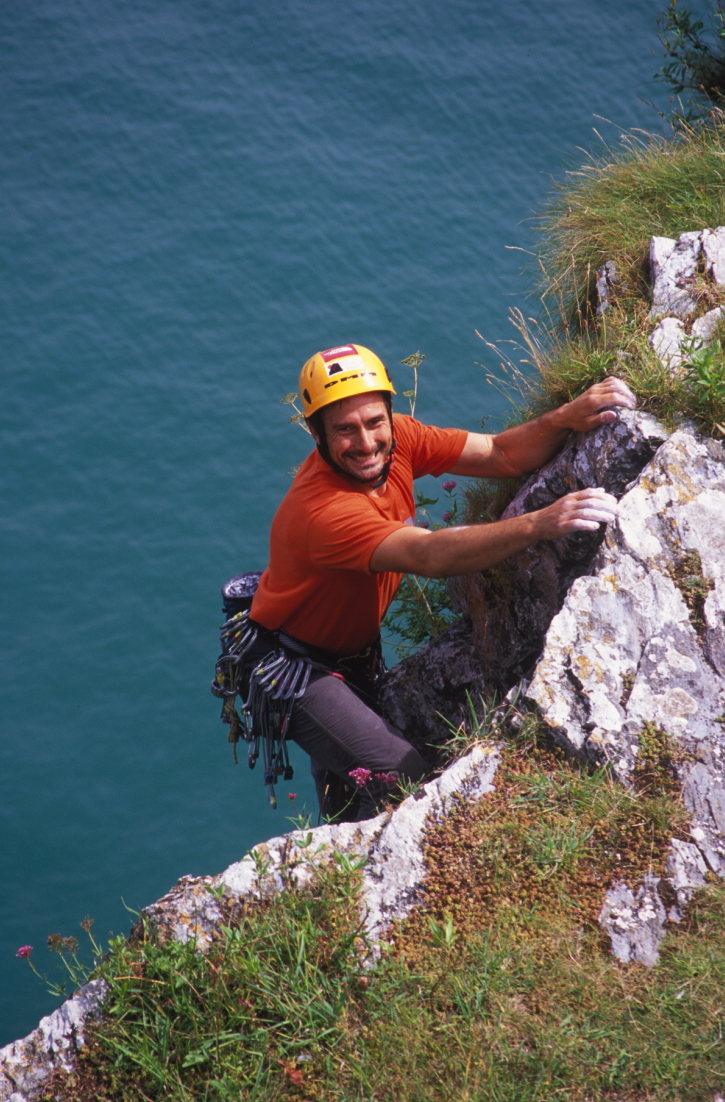
Train your weaknesses and improve your grade…
When we’re climbing a hard route and trying with maximum effort, eventually your forearms become “pumped” and your fingers open resulting in a fall. It’s all too easy to think I must get stronger forearms. Don’t think I know a climber who hasn’t fallen into this trap at some point. Understanding that the things you dislike doing the most are probably the very things that are holding you back. Training what you are good at won’t benefit you anywhere near as much as training one of your weaknesses.

